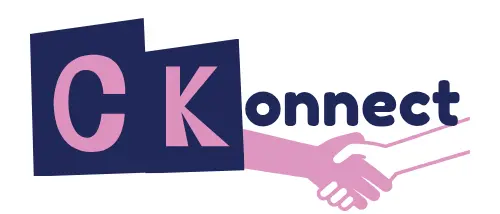You open a website, and it greets you, not with a welcome, but with a request. A pastel box edges into the periphery of your screen, asking whether you’ll accept cookies. You click yes. You do it almost reflexively—not because you want to, or even because you care, but because you’ve done it a hundred times before.
This moment, repeated countless times each month, is no longer a minor nuisance; it is a cognitive weight, a dull ache beneath the surface of our digital lives. Consent fatigue is not a trending topic; it is a slow erosion of user agency, buried beneath polite pop-ups and bureaucratic phrasing. A mechanism designed to empower individuals has become, ironically, a mechanism of surrender.
What was once a legal innovation, enshrining privacy rights through the power of consent, has calcified into routine. We are not choosing; we are complying. But must it remain this way?
How We Got Here: When Consent Became Performance
When the General Data Protection Regulation (GDPR) arrived in 2018, it was a bold promise. For the first time, companies were required to ask for clear and informed permission before touching your personal data. It was a new kind of digital contract—one that placed the user at the center.
But instead of clarity, we got clutter. Legal checklists turned into design blueprints. 'Manage settings' became a maze. 'Reject all' got buried under dropdowns. Consent stopped being a decision and became just another hurdle.
The real problem isn’t just bad design—it’s forgetting how people work. Faced with repeated choices that don’t seem to matter, we take the shortcut. Click. Accept. Move on. What was supposed to give us agency now feels like background noise.
Consent turned into a habit. And like any habit repeated too often without meaning, it lost its purpose.
The Human Brain Wasn’t Built for This
There’s a reason we tune out. Psychologists speak of decision fatigue which is the brain’s tendency to short-circuit under the weight of too many small choices. But neuroscientists go further: they talk about cognitive load, the finite mental bandwidth we all carry.
Designers and regulators alike failed to account for this. In assuming that people would approach each consent request with the careful reasoning of a courtroom, they overlooked how attention behaves in practice: unevenly, unpredictably, often emotionally.
We don’t read privacy notices—we scan. We don’t evaluate tracking implications—we seek efficiency. And so, the consent mechanism has become a paradox—it upholds individual autonomy by exhausting it.
Worse, it risks undermining the very purpose it serves. If users feel harassed by privacy requests, they may become indifferent to their rights. And when rights are experienced as burdens, they are no longer protections—they are annoyances.
The Quiet Revolution: Toward Ethical Consent Design
Yet not all is lost. If fatigue was engineered, so can relief. The consent landscape is already showing signs of evolution, shifting from compliance theater to ethical experience design.
Contextual Consent Over Blanket Prompts
Ask only when necessary → Request geolocation when a user searches for a local branch, not on homepage load. If tracking is non-essential, let users engage first, then offer a choice. Just as good conversation honors timing, so should privacy UX.
Simplicity Without Sacrifice → Use one sentence, not ten. Let users choose their depth: a headline for most, a detail sheet for the curious. Legal clarity should not come at the expense of human clarity.
Consent as a Conversation, Not a Transaction → Remember preferences. Let users adjust them easily. Offer dashboards that are simple and respectful. Make consent revocable without guilt or friction.
Design Against Deception → Avoid dark patterns. Don't hide opt-out options or color them to mislead. A consent choice made under duress is not a choice—it is coercion.
Lessons from the Field
Apple’s Safari blocks third-party cookies by default, reducing the need for endless pop-ups. Google’s evolving Consent Mode v2 allows data modeling while waiting for user approval, balancing analytics and autonomy. Brave Browser does away with tracking altogether, redefining what a default privacy stance can look like.
These aren't silver bullets, but they are signs of a cultural shift: an understanding that privacy isn’t granted by the loudest banner, but by the quietest respect.
The Ethics of Asking Less
Consent fatigue is not user failure. It is a symptom of systems that ask too often, too badly, and too late. It is what happens when we confuse form for function, regulation for care.
To fix consent fatigue, we must remember what consent truly is—a signal of trust, not a demand for labor.The future of privacy lies not in exhausting user autonomy, but in designing for it with empathy, restraint, and grace.
Ask less.Means more.
References
- European Union. General Data Protection Regulation (GDPR). Regulation (EU) 2016/679.eur-lex.europa.eu
- UX Collective. (2022). How we failed at consent: A UX perspective on GDPR. https://uxdesign.cc/what-does-gdpr-mean-for-ux-9b5ecbc51a43
- Apple Inc. (2021). App Tracking Transparency and Privacy Practices.apple.com/privacy/features
- Brignull, Harry. Deceptive Design: The definitive guide to dark patterns.Deceptive.design
- https://uxdesign.cc/what-does-gdpr-mean-for-ux-9b5ecbc51a43
